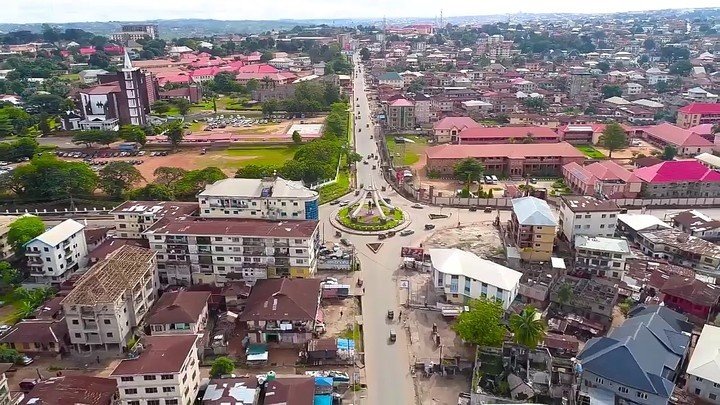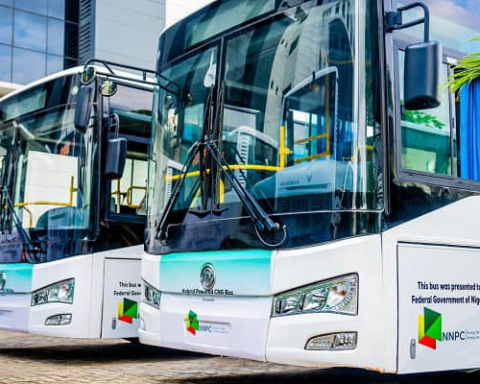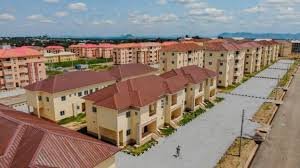By Agbeze Ireke Kalu Onuma, AI-KO

Now: A Glimpse of Progress
On April 10, 2025, I embarked on a journey from Lagos to Aba with my wife and brother, Kalu. What once felt like an odyssey fraught with tension became a testament to transformation. We traveled in a chartered Abia Line Sienna, gliding past landscapes that whispered tales of renewal. While remnants of Nigeria’s infamous road harassment lingered—encounters with police, army, and local enforcers—their presence felt diminished, like fading echoes of a chaotic past. By noon, we reached Mgbidi Junction; by 2 PM, Aba. The roads leading into the city from Umungasi, once a gauntlet of potholes and gridlock, now unfolded seamlessly. A drive that once devoured 30 minutes took barely five. Aba pulsed with life, unshackled. Movement flowed freely, commerce thrived, and hope hung palpably in the air.
Then: The Shadow of Yesterday
This ease was unimaginable just years prior. I recalled journeys where Abia’s roads were battlegrounds: crumbling asphalt, predatory checkpoints, and hours lost to chaos. Traveling to Abiriba meant bracing for a marathon of frustration—swerving between craters, enduring extortion, and arriving drained. Aba, Nigeria’s famed entrepreneurial heartland, had been stifled by neglect. Its streets, clogged and chaotic, mirrored a systemic failure. The trip from Umuahia to Abiriba was a test of endurance, a reminder of promises unkept.
Tomorrow: The Camelot of the East
But today, Abia State tells a different story. The road to Abiriba, once a symbol of despair, became a revelation. Villages rolled by in a blur of green and gold, the journey shrinking to under 40 minutes. Smooth, well-paved roads transformed the experience into something almost surreal—a “Waaooo moment,” as my wife called it. Governor Alex Otti’s leadership has birthed what I term the “Camelot of the East”: a fusion of culture, governance, and infrastructure that transcends political theater. His team’s work is no mere facelift; it’s a blueprint for reimagining progress.
In Abiriba, time dissolves into tranquility. Four days here feels like a balm—a “morphine feel,” as I jotted in my notes. The peace is profound, the rhythm of life unhurried. This is no accident. It’s the fruit of intentional governance, where roads are not just built but crafted, where security and serenity coexist.
The Road Ahead
The lesson is clear: progress is possible. Abia’s transformation challenges Nigeria’s cynicism, proving that leadership with vision can turn tides. Yet tomorrow demands vigilance. Will this Camelot endure? Can its model inspire neighboring states? The answer lies in sustaining this momentum—expanding infrastructure, nurturing civic pride, and refusing to revert to old vices.
As I extend my stay in Abiriba through the Easter holidays, I find myself drawn deeper into the rhythm of Abia’s quiet revolution. This is no fleeting retreat; it is a personal invitation to witness transformation in motion. In the coming days, I plan to traverse the state’s arteries, attending one event or the other; I will visit its towns, markets, and hinterlands, to see how the brilliance of Aba’s reborn streets and Umuahia’s administrative vigor resonate beyond city limits. I will meet and speak with traders in Ohafia, converse with teachers in Abiriba, if I can find any, since they are on holiday, and listen to farmers. My curiosity is singular: “How does the state’s urban renaissance intersect with the lives of those in its rural heartbeat?” Are the new roads to Abiriba merely isolated marvels, or do they thread into a broader plan of and for progress—linking clinics, schools, and markets to once-isolated communities? Does the light of Aba’s renewal shine beyond Ariaria Market, empowering the woman roasting early Corn in Nkporo or the artisan weaving baskets in Item or Igbere?
For now, the signs are hopeful. The ease of movement I experienced—Umuahia to Abiriba in 40 minutes—hints at a deliberate strategy to dissolve the urban-rural divide. Smooth roads are more than infrastructure; they are bridges for commerce, education, and dignity. Yet true development demands more than asphalt. It requires electricity humming in villages, Abiriba has none as I write; clean water in hamlets, and clinics stocked in regions where “hospital” was once a myth. Governor Otti’s Camelot vision will only endure if a child in Bende shares the same opportunities as one in Umuahia, if a mechanic in Uzuakoli feels as seen as a CEO in Aba.
Still, what I’ve witnessed so far ignites optimism. Even amid lingering gaps, Abia’s trajectory feels deliberate—a rare alignment of political will and public yearning. The state is not just building and constructing; it is as I have seen weaving—connecting promise to practice, cities to villages, today’s labor to tomorrow’s legacy. For every checkpoint removed, a checkpoint of trust is erected. For every pothole filled, a crevice of cynicism closes.
As I prepare to journey farther, I carry Abia’s lesson: progress is not a spectacle but a reality. Each paved road, each quiet evening in Abiriba, each unharassed traveler on the highway is a note in a grander score. The road from “then” to “now” was paved with resolve; the path to “tomorrow” must be guarded with equal fervor. And while questions remain—Will this synergy hold? Can prosperity be made plural?—the foundation I have seen here so far refuses to let pessimism thrive.
Abia, today, is more than a beacon. It is a mirror, reflecting what Nigeria’s states could become when vision outshines complacency. For now, I allow myself a smile—not of naivety, but of recognition. The Camelot of the East is no fairy tale. It is a blueprint, unfolding one village, one road, one resolved breath at a time.
Beautiful. Simply put!
Follow us on all social media platforms @dailyquery for news and analyses around the globe.



























